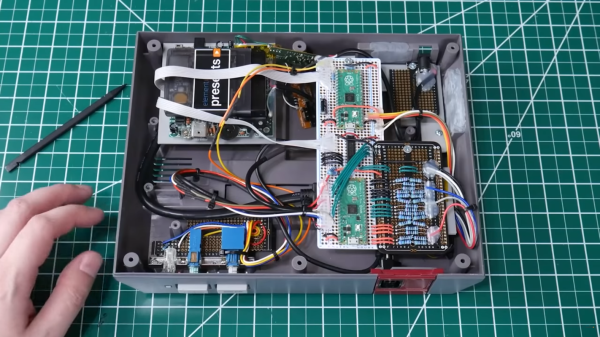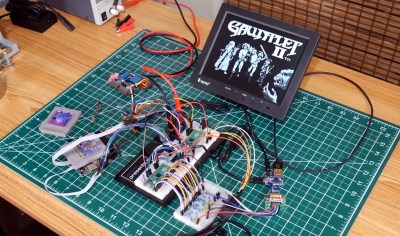[NightHawkInLight] has been developing his design for a vacuum canon for a while now, so it seems fitting to drop in check out the progress. The idea is pretty straightforward, take a long rigid tube, insert a close fitting piston, magnetically attached to a projectile, and stopper the open end with something easily destroyed. The piston needs to be pulled into the tube with some force, to pull a vacuum against the stopper. The interesting bit happens next, when the piston exits the other end of the tube, with the vacuum at its maximum, there is a sudden inrush of air. Apparently this inrush of supersonic velocity, and the momentum of the mass of air is sufficient to eject the projectile at considerable velocity, smashing through the plug and demolishing the target. So long as the target is of the soft and squishy variety anyway.
It’s an interesting idea, and certainly gives plenty of bang for not many bucks. That big lump of acrylic tubing (presumably used for ease of explanation in the video) looks fairly expensive to buy off the shelf, but we reckon any old pipe would probably work out fine.
We’ve definitely covered our share of DIY projectile weapons, like this air cannon made from PVC pipe parts, and of course there’s this crazy big one, that you should definitely not try at home.
Continue reading “Rapid-Reload Vacuum Cannon Totally Demolishes Those Veggies”
















